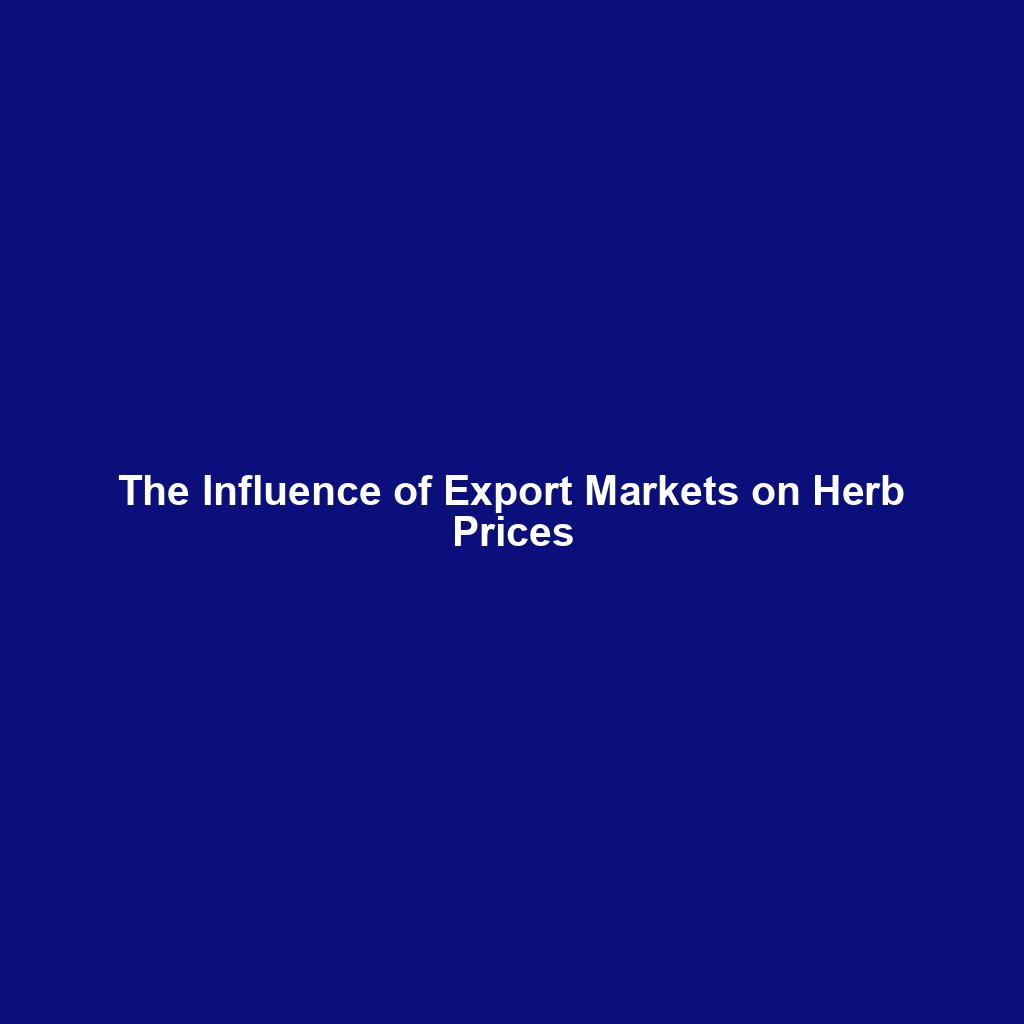
Agriculture and agricultural price analysis are critical components of the global economy, influencing food security, trade, and the livelihoods of billions of people. As the world continues to grapple with challenges such as climate change, population growth, and economic fluctuations, understanding the dynamics of agricultural markets becomes increasingly important. This article delves into the intricacies of agriculture and agricultural price analysis, exploring the factors that drive price changes and the implications for stakeholders across the supply chain.
The Role of Agriculture in the Global Economy
Agriculture is the backbone of many economies, particularly in developing countries where it often accounts for a significant portion of GDP and employment. The sector is not only vital for providing food and raw materials but also plays a crucial role in economic development, poverty alleviation, and environmental sustainability. As such, the performance of the agricultural sector can have far-reaching implications for national and global economic stability.
Economic Contributions
Agriculture contributes to the economy in several ways. It provides employment opportunities, particularly in rural areas where alternative job prospects may be limited. The sector also generates income through the production and export of agricultural commodities, which can be a significant source of foreign exchange earnings for many countries. Additionally, agriculture supports other industries, such as food processing, transportation, and retail, creating a multiplier effect that stimulates economic growth.
Food Security and Nutrition
Ensuring food security and adequate nutrition is one of the primary objectives of agricultural production. As the global population continues to rise, the demand for food is expected to increase significantly. This places pressure on agricultural systems to produce more food sustainably while minimizing environmental impacts. Price analysis plays a crucial role in understanding the availability and affordability of food, which are key determinants of food security.
Environmental Sustainability
Agriculture has a significant impact on the environment, both positive and negative. On the one hand, it can contribute to biodiversity conservation, soil health, and carbon sequestration. On the other hand, unsustainable agricultural practices can lead to deforestation, soil degradation, water scarcity, and greenhouse gas emissions. Balancing the need for increased agricultural production with environmental sustainability is a major challenge that requires innovative solutions and informed policy decisions.
Understanding Agricultural Price Analysis
Agricultural price analysis involves examining the factors that influence the prices of agricultural commodities. This analysis is essential for farmers, traders, policymakers, and consumers, as it helps them make informed decisions regarding production, marketing, and consumption. Several factors can affect agricultural prices, including supply and demand dynamics, weather conditions, government policies, and global market trends.
Supply and Demand Dynamics
The basic principles of supply and demand play a significant role in determining agricultural prices. When the supply of a commodity exceeds demand, prices tend to fall, and vice versa. Factors that influence supply include weather conditions, pest and disease outbreaks, input costs, and technological advancements. On the demand side, population growth, income levels, dietary preferences, and trade policies can all impact the demand for agricultural products.
Weather and Climate
Weather and climate are critical determinants of agricultural production and, consequently, prices. Adverse weather conditions, such as droughts, floods, and storms, can reduce crop yields and disrupt supply chains, leading to price volatility. Climate change is expected to exacerbate these challenges, making it increasingly important for stakeholders to incorporate climate risk assessments into their price analysis and decision-making processes.
Government Policies and Trade
Government policies, including subsidies, tariffs, and trade agreements, can have a significant impact on agricultural prices. Subsidies can lower production costs and increase supply, while tariffs and trade barriers can restrict market access and affect demand. Trade agreements, on the other hand, can facilitate the flow of agricultural goods across borders, influencing global price trends. Understanding the policy landscape is crucial for accurate price analysis and strategic planning.
Global Market Trends
Global market trends, such as changes in consumer preferences, technological advancements, and economic conditions, can also affect agricultural prices. For example, the growing demand for organic and sustainably produced food has led to price premiums for these products. Similarly, technological innovations, such as precision agriculture and biotechnology, can enhance productivity and influence supply dynamics. Keeping abreast of these trends is essential for effective price analysis and market positioning.
Implications for Stakeholders
The insights gained from agricultural price analysis have important implications for various stakeholders, including farmers, traders, policymakers, and consumers. By understanding the factors that drive price changes, stakeholders can make more informed decisions that enhance their resilience and competitiveness in the agricultural market.
Farmers and Producers
For farmers and producers, price analysis can inform production planning, risk management, and marketing strategies. By anticipating price trends, farmers can adjust their crop choices, input use, and production techniques to optimize profitability. Additionally, understanding price volatility can help farmers implement risk management tools, such as crop insurance and futures contracts, to protect against adverse price movements.
Traders and Agribusinesses
Traders and agribusinesses rely on price analysis to make informed decisions about purchasing, storage, and distribution. Accurate price forecasts can help traders optimize their inventory management and pricing strategies, while also identifying opportunities for arbitrage and market expansion. For agribusinesses, understanding price dynamics is crucial for developing competitive supply chains and maintaining market share.
Policymakers and Governments
Policymakers and governments use agricultural price analysis to design and implement policies that promote food security, economic development, and environmental sustainability. By understanding the factors that influence prices, policymakers can develop targeted interventions, such as subsidies, tariffs, and trade agreements, to stabilize markets and support vulnerable populations. Additionally, price analysis can inform the development of climate adaptation and mitigation strategies to enhance the resilience of agricultural systems.
Consumers
For consumers, agricultural price analysis provides insights into the affordability and availability of food. By understanding price trends, consumers can make informed purchasing decisions and budget accordingly. Additionally, price analysis can raise awareness of the factors that influence food prices, such as climate change and trade policies, encouraging consumers to advocate for sustainable and equitable food systems.
Conclusion
Agriculture and agricultural price analysis are integral to the functioning of the global economy, with far-reaching implications for food security, trade, and environmental sustainability. By understanding the factors that drive price changes, stakeholders can make informed decisions that enhance their resilience and competitiveness in the agricultural market. As the world continues to face challenges such as climate change, population growth, and economic fluctuations, the importance of agricultural price analysis will only continue to grow, underscoring the need for innovative solutions and informed policy decisions.





